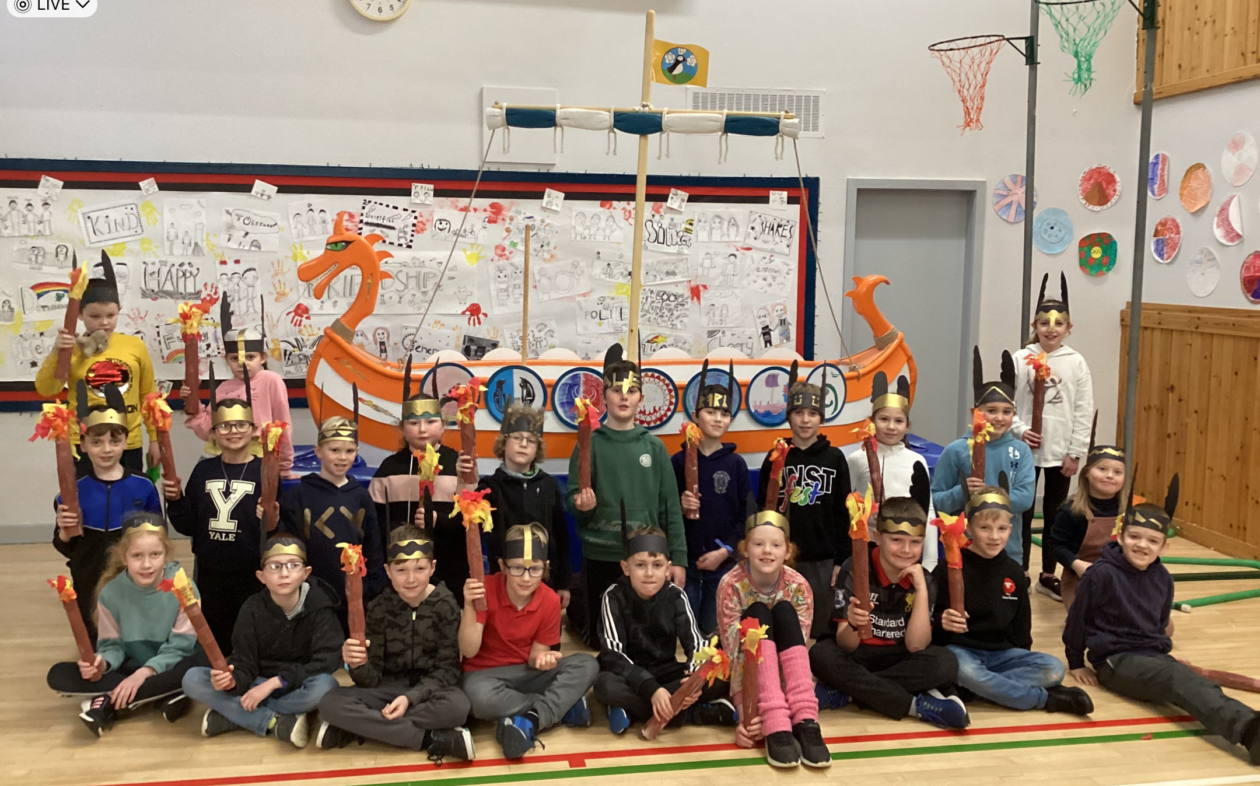As November closes and we look forward to the advent season, P5/6 have been preparing their origami tree advent calendars. Lots of cutting, folding, gluing and sticking resulted in some lovely trees being made ready for Monday.
Monthly Archives: November 2019
STEM – final challenge!
Today was our last STEM session with Emma Chittick this year. The children were asked to use all of the knowledge and skills gained over the past couple of weeks to build something that would generate electricity. Everyone was raring to get started and it didn’t take long for their designs to take shape!
Some made wind turbines, some used solar cells, while some used both in the same structure. It was great to see the children interacting and problem solving together to try and achieve success. I was very proud to see everyone working so well as a team and providing support for each other. Well done P5/6!



















Handwashing
We had a visit from the school nurse today to remind us how to wash our hands properly. It is so important to keep washing our hands thoroughly, especially at this time of year with all of the nasty bugs that can so easily be spread from person to person.
Everyone took turns to cover their hands in a special cream that will show up under UV light. Then we all washed our hands carefully, following the advice given, and put our hands under the UV light. If anything did not get washed properly, it showed up on your hands with the special light.
Everyone did a brilliant job and now we need to remember to keep this up with our daily handwashing routines!

STEM
This term we are looking at renewable energy so we invited Emma Chittick into our class to work on a few STEM projects linked to our learning. In week 1, the children were challenged to build a wind turbine using Lego. When their structures were ready, everyone had a trial run and were given time to make any necessary alterations to their design. It was very exciting waiting to see if it would turn with the wind from the fan! We measured how much electricity was produced from each design.
In week 2 the class were asked to build a structure with solar panels that would capture natural light and artificial light. This meant that they had to design a structure that could change the angle of the solar panel. Again, they were given a trial run, then a fair test with the same conditions for each group. During our testing, we quickly realised one disadvantage when relying on solar energy. The position of the sun moved as we were testing at our classroom windowsill, resulting in less direct natural sunlight for some of the tests.
Keep a look out for the final challenge next week!













































